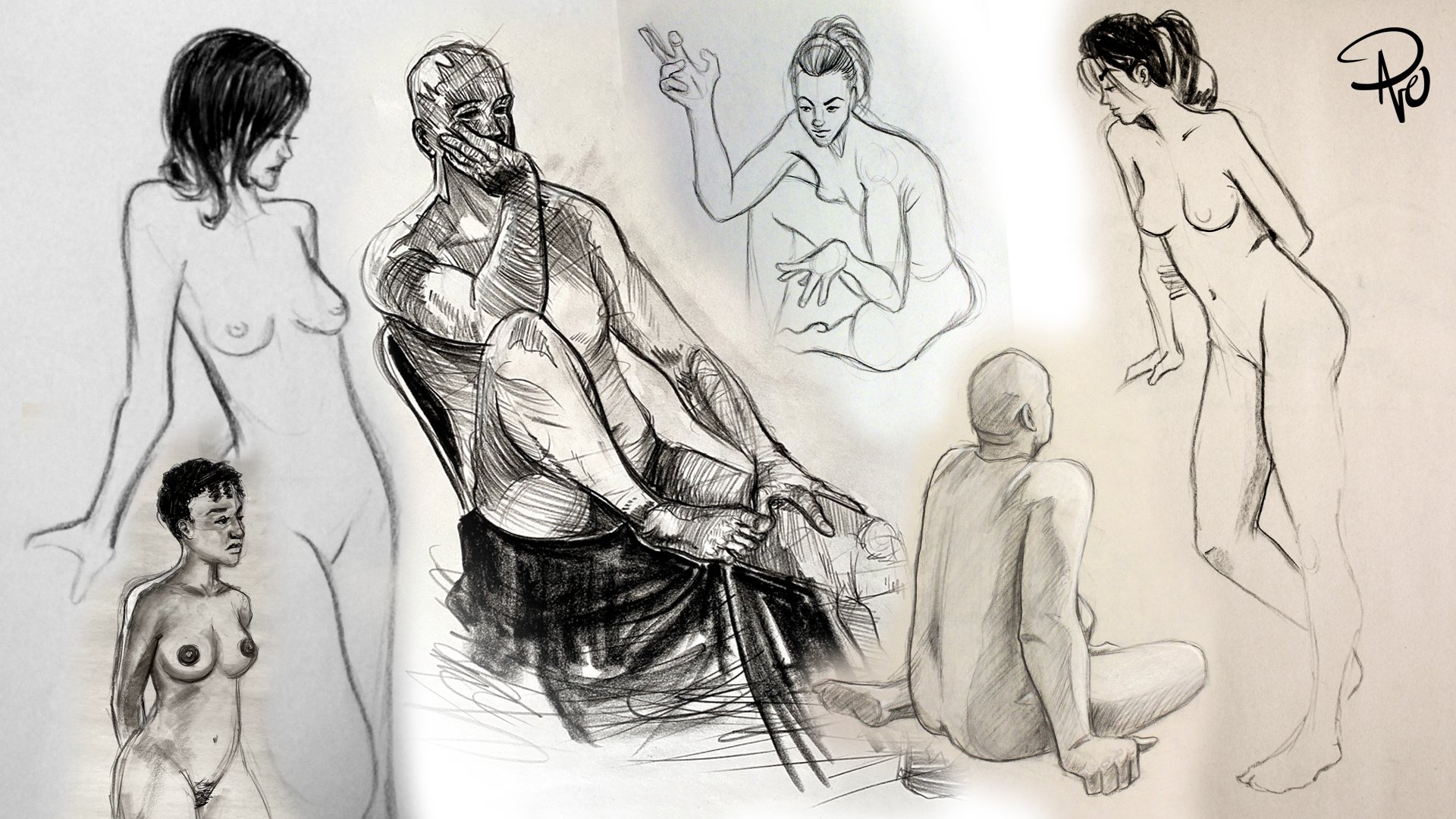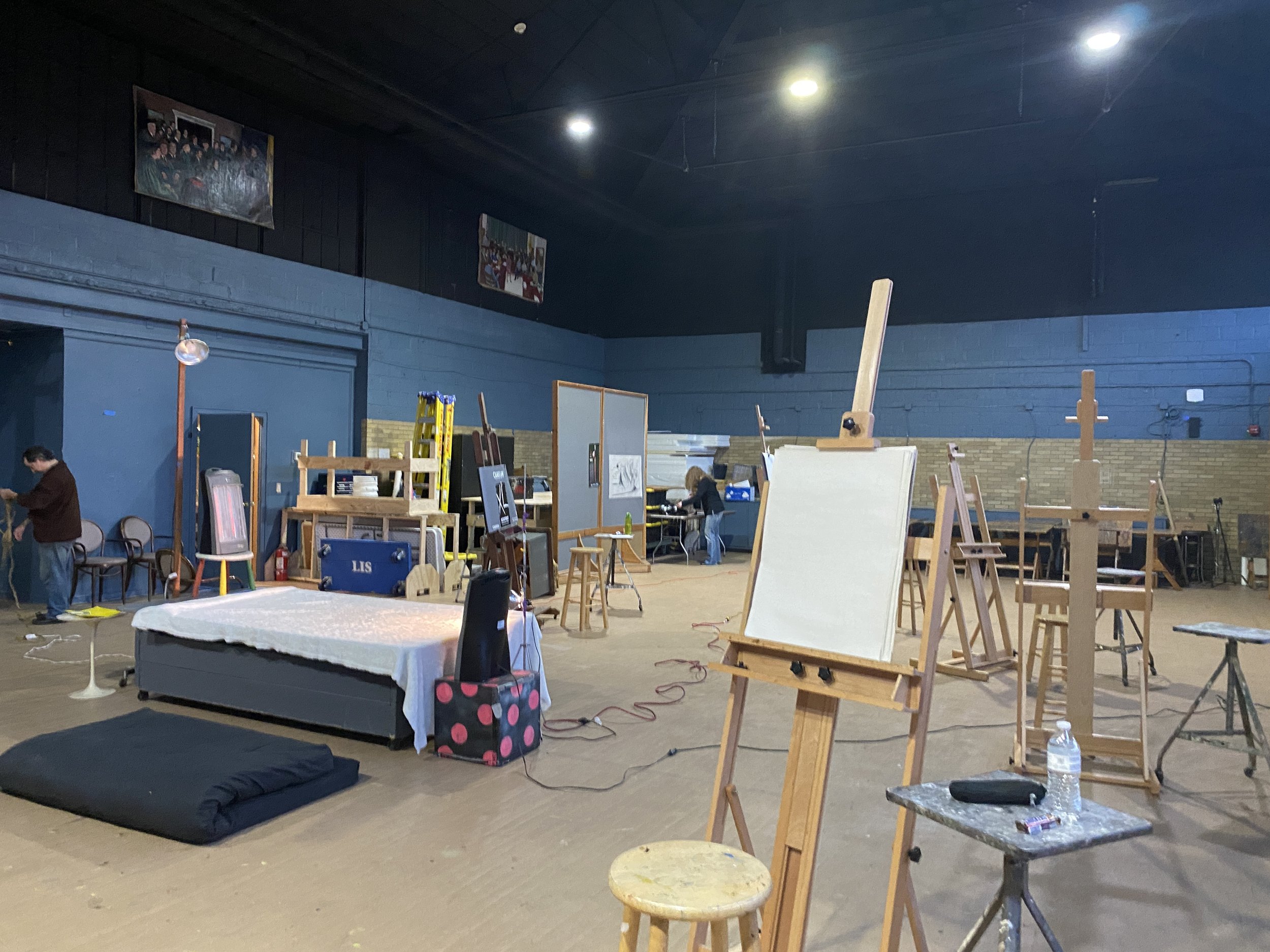I am super excited about today and next week’s post because it is all about progress and rediscovery! If you’re truly passionate about anything, you’ll notice growth in your endeavors. Experience and patience develops all skills, hence the old axiom, “Practice makes perfect” or more to the point in today’s post, “Practice makes progress.” I can very clearly remember many specific moments all throughout my life where I would draw something that made me feel like I just leveled up. I don’t just mean I drew something a certain way and was proud; I remember where I was, what I was drawing, and very clearly understanding I had just crossed a new threshold. It’s always exciting but more than anything, it’s rewarding.
Now every time I’ve experienced leveling up (can you tell I’m also a gamer?!)—particularly when I was younger—I believed I had just hit the apex of my ability. In my mind, I had reached my full potential and I was elated. As time passed, I began to understand I was comprehending things I hadn’t fully previously and in looking back, those breakthrough drawings I felt were the best of the best I had ever done and would ever do, in reality kind of sucked… like a lot. What’s also become a revelation is how those specific illustrations—however good or bad they actually were or still are—only now mark any level progression to me. Those moments are very important because they push you to do better, even when you believe that’s your best. They don’t end an era of creating a certain way, they mark the start of learning new techniques and styles. And the absolute best part? They don’t stop when you’re young! You keep leveling up well into adulthood! There are few things in this world that can bring that kind of joy as you age, but furthering your talents is totally one of them! I’ve said it before and I’ll say it again, an old dog really can learn new tricks!
Now reevaluating those pinnacle moments is nothing new; redrawing old artworks can be seen all over social media and other artistic platforms, so I’m not doing anything groundbreaking here. However, today I’d like to look at a few instances where I hit some personal milestones only to go back and figure out what made them so special. This is part one of my Redraw Challenge!
Okay… let’s make this super awkward and embarrassing. As a cisgender male, I have been intrigued with drawing the female form since I was a child. One of my earliest leveling up experiences was drawing ladies as inspired by comics artist Mark Badger, specifically his work on Marvel Comics Excalibur. Even more specifically the mutant Meggan Puceanu. I got really into comics starting with Excalibur Volume 1, #37 and would redraw the panels from it. I stuck tight with Excalibur and gravitated towards Alan Davis’ work on it as well. My versions were much cartoon–ier but they helped me understand some basic structure and lead to an aforementioned level up. Side note: I am actively hoping for an Excalibur movie or Disney + series in the MCU. Come on Mr. Feige! Make it happen!

















































